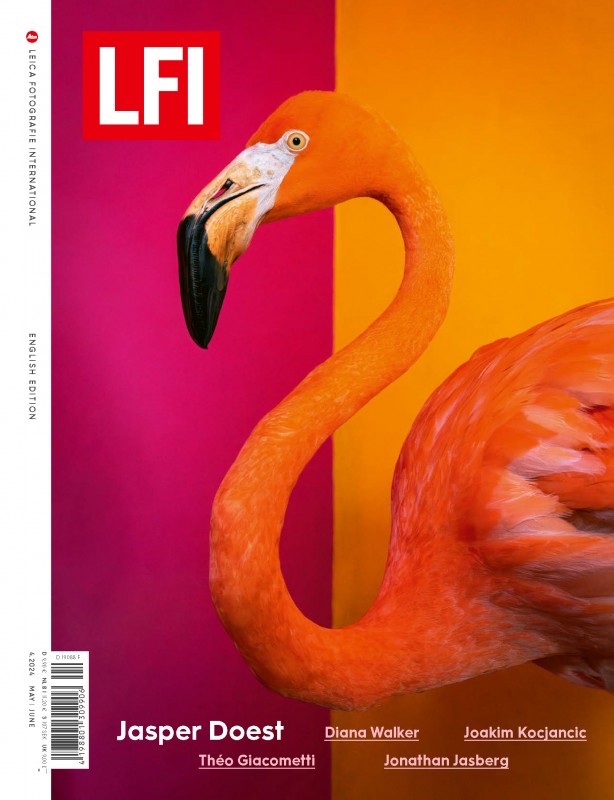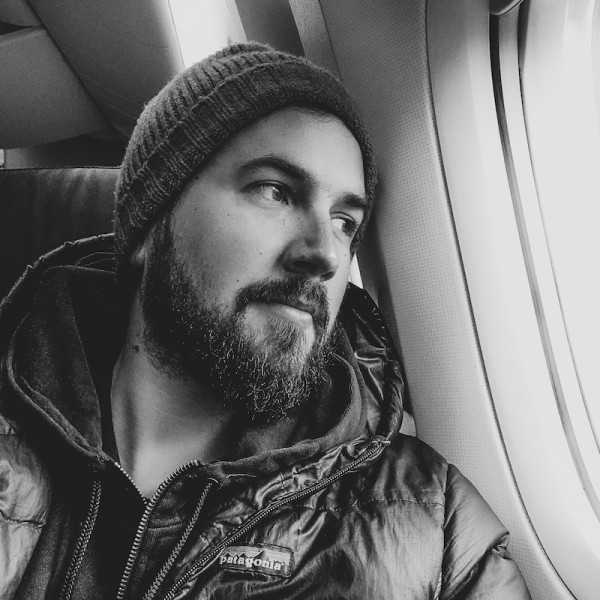In a land of extremes. Out and about with the SL3
In a land of extremes. Out and about with the SL3
Ciril Jazbec
May 16, 2024
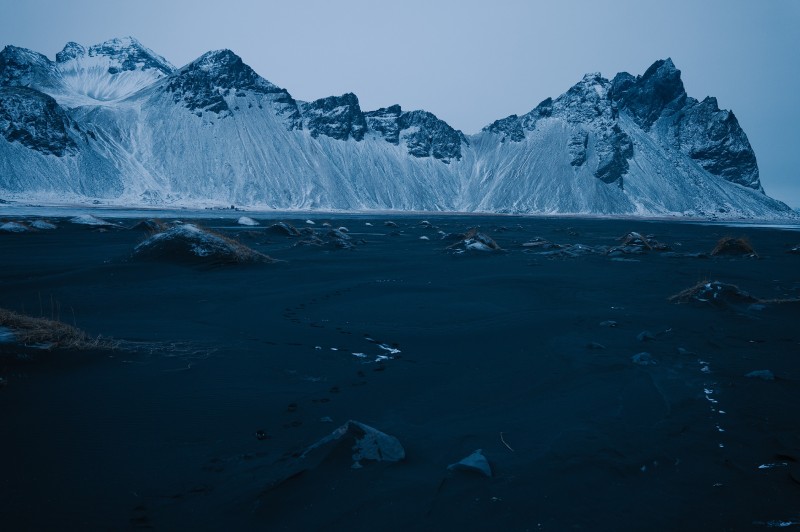
Iceland, the land of extremes
LFI: Ciril, you were one of the first photographers to work with the Leica SL3. How did you get into documentary photography and why did you choose Leica?
Ciril Jazbec: Let me begin with a personal story. I kept a journal when I was a 13-year-old kid in Slovenia. In it, I wrote that one day I wanted to become a National Geographic photographer. I completely forgot about it until, 12 years later, I was given the first opportunity to make that childhood dream come true. I've been working on long-term documentary projects for over a decade, mostly focusing on the impact of climate change on communities around the world. I bought my first Leica M6 while working on my Master's degree in documentary photography in London. It was an instant love, but it didn't last long. The camera was stolen six months later, when I was on assignment in Africa. Luckily, that year I received a call I will never forget. I was working in northern Greenland when I got the news that I had won the Leica Oskar Barnack Award. It was a beautiful confirmation of my work and opened so many doors. Since then, I fell in love with Leica cameras, and I could never imagine working with a ny other camera.
What characterises the new Leica SL3?
This camera feels like an extension of my vision. Everything feels smooth and natural when I work with it. I'm in love with the new tilted display option. It gives me new opportunities. There is something incredible about the balance of the weight and overall grip when I work with SL3. It's not too big and also not too small. It's perfect to work with for my personal and documentary work. I've just returned from a 4-week-long assignment for National Geographic in Greenland. We worked at minus 20 degrees Celsius for some days and the camera worked perfectly fine. I think I've captured some of the best work I've ever done. I'm honestly impressed by the Leica craftsmanship and the technology improvement, that lead to this beautiful and really capable, state of the art tool that is such a privilege and pleasure to work with.
In my work, research and pre-production play an important role. But the moment I pick up a camera, I need to feel excitement, and the new Leica SL3 gives you that. The future of storytelling is in multimedia, and being able to switch to video in an instant. Leica lenses can capture incredible quality with a certain magic and soul.
For your documentary, you accompanied geologist Helga Kristín Torfadóttir to Iceland. Why that particular place?
I've worked in the Arctic for many years, mostly in Alaska and Greenland, telling stories about the impact of climate change on the Inuits. This is my first time working in Iceland. I'm here following the work of the incredible geologist and volcanologist Helga Kristín Torfadóttir, who is studying the relationship between volcanoes and glaciers. I'm blown away by the fierce nature and landscape in Iceland. I can’t believe how accessible and majestic glaciers are here. The force of nature in Iceland really tells us a story of how our planet is rapidly changing. Vatnajökull National Park is a perfect location to tell Helga’s story, with one of the largest central volcanoes in Iceland hidden under the glaciers. Some of them have magma stored at a shallow level in the crust, only 2 km deep. I'm interested in the intersection of melting glaciers and sleeping volcanoes, and Helga is the perfect person to help me understand what is happening. Melting glaciers may lead to a hi gher frequency of eruptions of the volcanoes located under the glacier in the future.
You photographed portraits and fascinating landscapes. Which lenses did you have with you in Iceland?
On most of my recent projects in the last few years I've worked a lot with multimedia. I normally direct, and at the same time I take stills. So when I start taking photos in between, I have to be precise and fast. In Iceland I had the pleasure of focusing only on stills, and it was a beautiful project at the peak of the Icelandic winter with cold temperatures and harsh weather. I'm continually impressed by this camera, how literally everything works so much smoother and better. It was also the first time I've used a 24-70mm zoom lens (Vario-Elmarit-SL 24-70 f/2.8 ASPH.) and I fell in love. I'm more of a photographer who used to only work with prime lenses, but the possibility of this lens and the quality really surprised me. I've only used a 50mm 1.4 and a 35mm 2.0 (Summilux-SL 50 f/1.4 ASPH, APO-Summicron-SL 35 f/2 ASPH) on a few occasions, when I worked with extremely low light and when I did some portraits by the glacial lagoon and wanted to add some prime lens touch.
LFI 4.2024+-
You can find an interview with Xiomara Bender about her experiences with the SL3 in LFI Magazine 4.2024. More
Ciril Jazbec+-
Born in Slovenia in 1987, Jazbec first studied Management in Ljubljana, followed by Photojournalism and Documentary Photography at the London College of Communication, graduating with an MA in 2011. He won the 2013 Leica Oskar Barnack Newcomer Award for his Waiting to Move series, portraying a village in Alaska impacted by climate change. The same year, he received at award at Les Rencontres d'Arles for his photo story, On Thin Ice, with which he also won Magnum’s 30 under 30 competition in 2015. He has received numerous further award since then. His work has appeared in National Geographic, The New York Times, Geo Deutschland and Neue Zürcher Zeitung, among others. He is also a co-founder of TENT Film. More

Iceland, the land of extremes
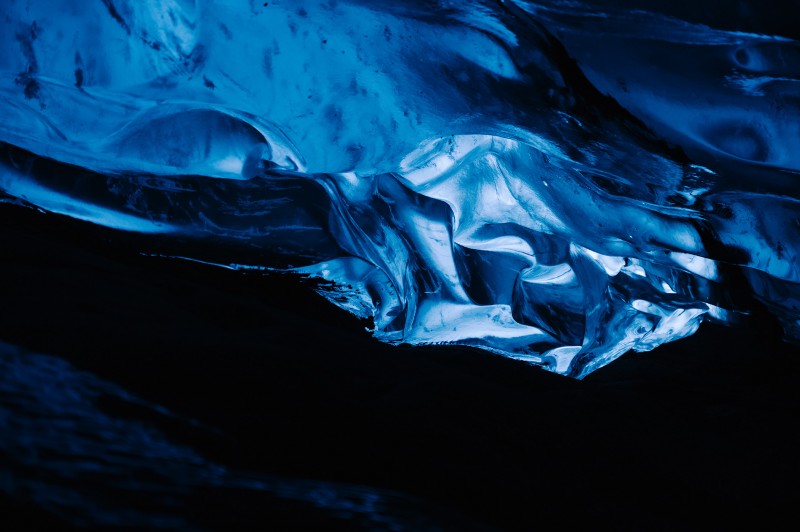
Fascinating: shimmering blue ice
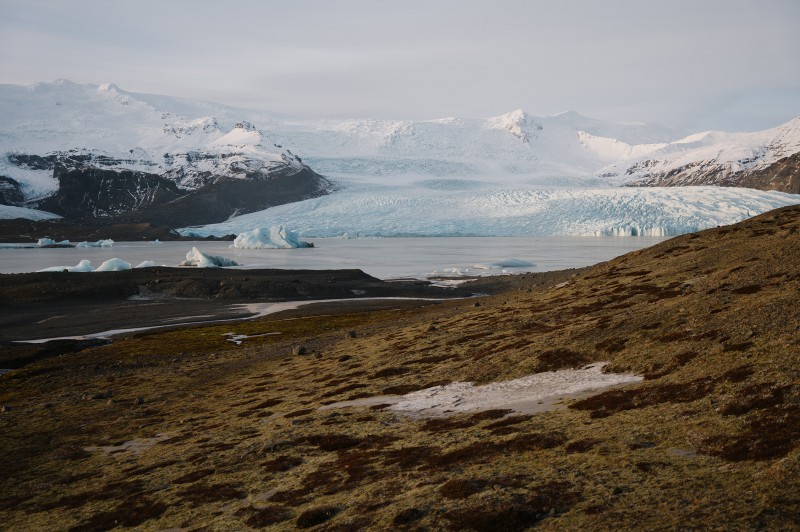
Icelandic glacier

Geologist Helga Kristín Torfadóttir
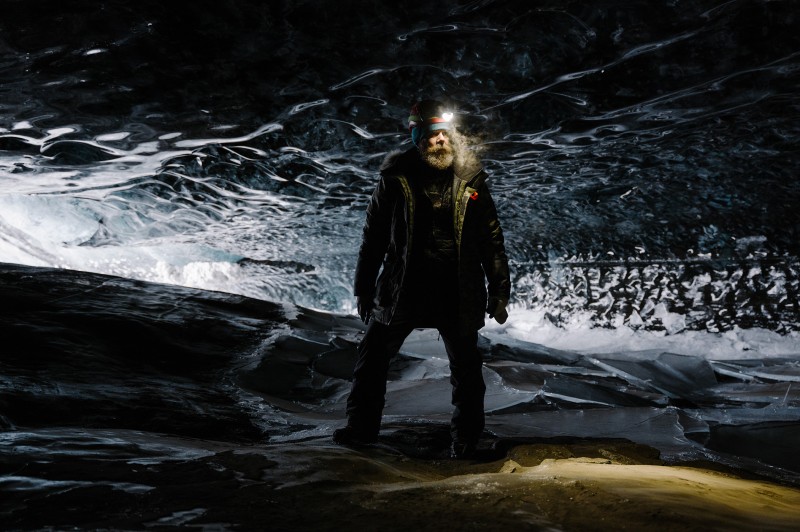
Geologist in an ice cave in Iceland
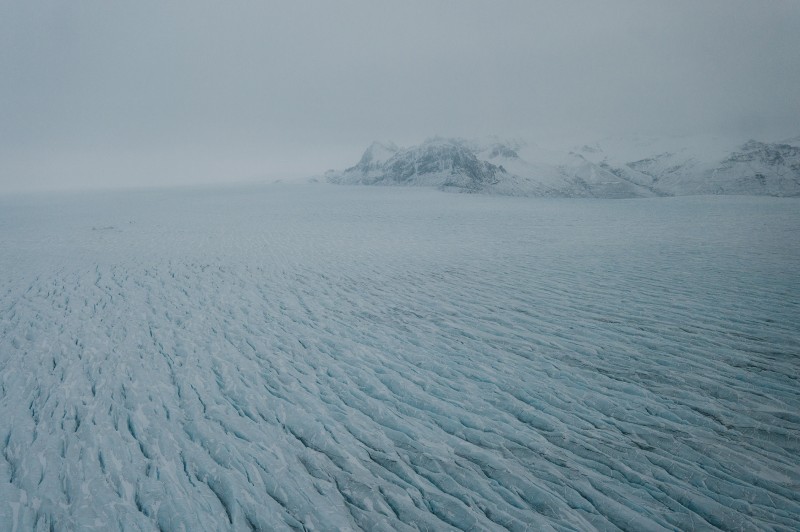
Iceland's inhospitable nature
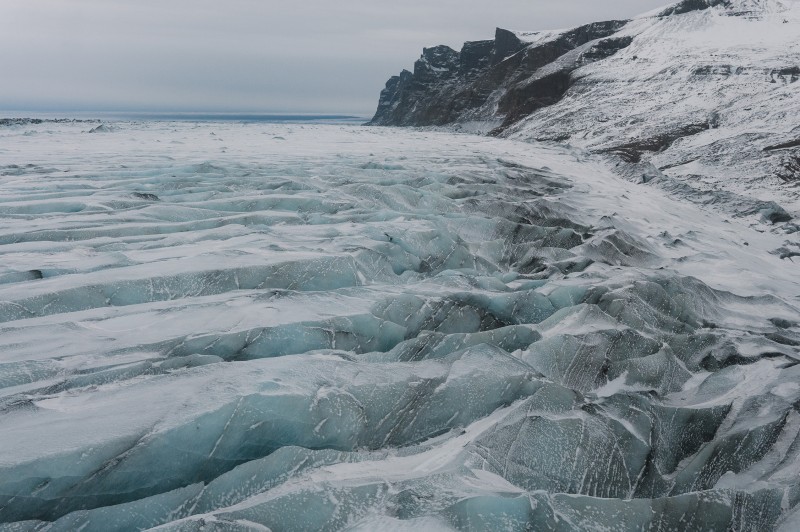
Rutted ice in Iceland
